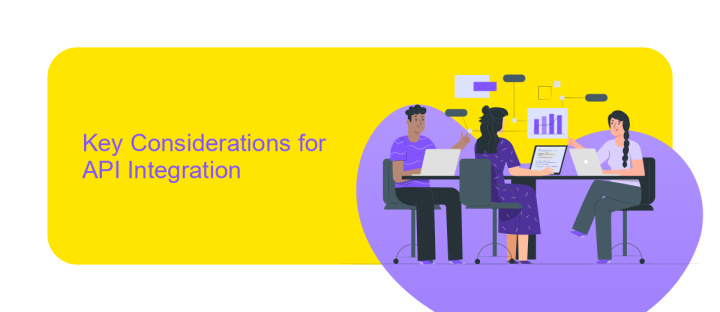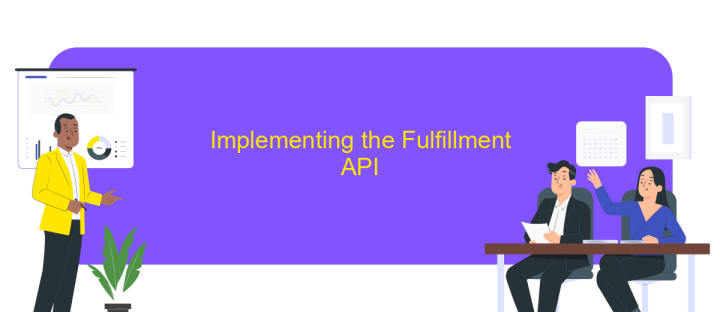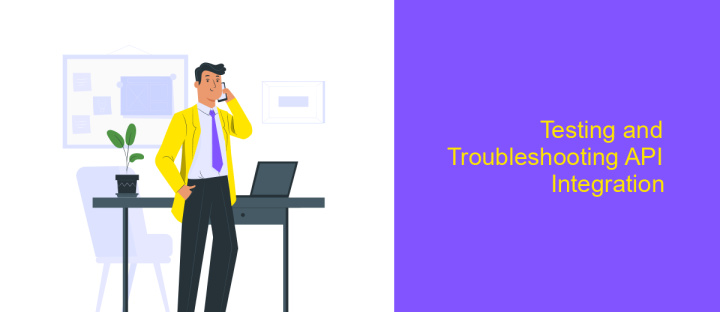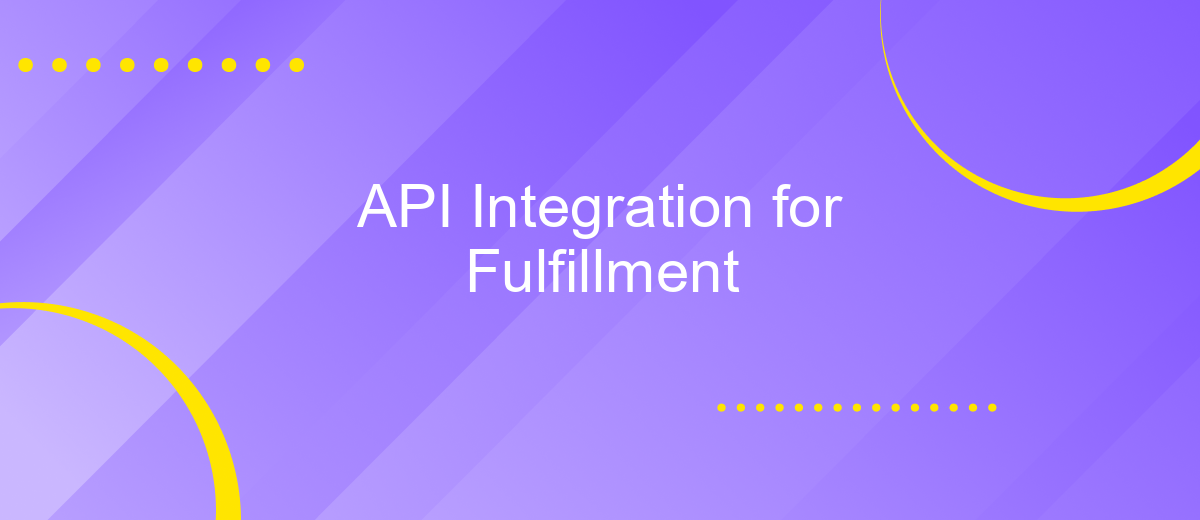API Integration for Fulfillment
API integration has become a cornerstone for modern fulfillment processes, enabling seamless communication between disparate systems. By streamlining operations and enhancing data accuracy, API integration empowers businesses to optimize inventory management, order processing, and shipping logistics. In this article, we explore the transformative impact of API integration on fulfillment, highlighting key benefits and strategies for successful implementation in an increasingly interconnected digital landscape.
Understanding Fulfillment API Integration
Fulfillment API integration is a crucial aspect for businesses looking to streamline their order processing and delivery systems. By connecting various software applications through APIs, companies can automate the flow of information between their e-commerce platforms, inventory management systems, and logistics providers. This integration not only enhances operational efficiency but also ensures real-time data synchronization, reducing errors and improving customer satisfaction.
- Automated Order Processing: APIs enable seamless order data transfer from online stores to fulfillment centers.
- Inventory Management: Real-time inventory updates prevent overselling and stockouts.
- Shipping and Tracking: Automated shipping label generation and tracking updates improve delivery accuracy.
- Returns Management: Simplified returns processing and tracking enhance customer service.
Implementing a fulfillment API integration requires careful planning and execution. Businesses must select the right API solutions that align with their operational needs and technical infrastructure. Additionally, ensuring robust security measures is essential to protect sensitive data during transmission. By effectively leveraging fulfillment APIs, companies can achieve a competitive edge, offering faster, more reliable service to their customers.
Key Considerations for API Integration

When integrating APIs for fulfillment, it is crucial to ensure compatibility between different systems. This involves understanding the data formats and protocols used by each API, as well as any authentication requirements. Thorough documentation review and testing are essential to identify potential issues early in the process. Additionally, consider the scalability of the integration, ensuring that the solution can handle increased loads as your business grows. Monitoring and logging are vital components to quickly diagnose and address any operational issues, maintaining seamless fulfillment operations.
Security is another key consideration in API integration. Protect sensitive data by implementing robust authentication and authorization mechanisms, such as OAuth 2.0. Regularly update and patch systems to safeguard against vulnerabilities. If you're looking for a streamlined integration process, platforms like ApiX-Drive can be invaluable. ApiX-Drive offers a user-friendly interface to connect various services without extensive coding, reducing the complexity of integration tasks. By automating workflows, ApiX-Drive enhances efficiency and reliability, allowing your team to focus on core business functions while ensuring smooth API interactions.
Implementing the Fulfillment API

Integrating a Fulfillment API into your system can significantly streamline your order processing and inventory management. To begin, ensure you have a clear understanding of the API's documentation, focusing on authentication methods, available endpoints, and data formats. This foundational knowledge will facilitate a seamless integration process.
- Set up your development environment by installing necessary libraries and tools that support the API's protocols.
- Authenticate your application by obtaining API keys or tokens, following the security guidelines provided in the documentation.
- Develop and test API calls to interact with endpoints, such as order creation, inventory updates, and shipment tracking.
- Handle API responses and errors gracefully, implementing retry logic and error logging where appropriate.
- Deploy the integration in a staging environment to ensure all functionalities work as expected before going live.
Once the Fulfillment API is successfully implemented, monitor its performance and maintain regular updates to accommodate any changes in the API's structure or functionalities. Continuous monitoring and optimization will ensure that your fulfillment processes remain efficient and responsive to business needs.
Testing and Troubleshooting API Integration

Testing your API integration is a crucial step in ensuring seamless fulfillment operations. Begin by setting up a sandbox environment, which allows you to simulate real-world scenarios without affecting live data. This controlled setting helps identify potential issues early, minimizing disruptions during the actual deployment.
Once the sandbox environment is ready, conduct a series of tests to evaluate the API's performance and reliability. Focus on key functionalities such as data synchronization, order processing, and error handling. Pay special attention to edge cases and unexpected inputs, as these can often reveal hidden bugs.
- Validate API authentication and authorization processes.
- Test data integrity and consistency across systems.
- Simulate high-load conditions to assess scalability.
- Monitor response times and identify bottlenecks.
- Ensure comprehensive logging for error tracking.
Troubleshooting involves analyzing logs and error messages to pinpoint issues. Use debugging tools to trace data flows and identify discrepancies. Collaborate with development teams to address any coding errors or configuration mismatches. Regularly update your API documentation to reflect any changes, ensuring that future troubleshooting efforts are more streamlined and efficient.
Best Practices and Future Trends
When integrating APIs for fulfillment, it's crucial to prioritize security and scalability. Implement authentication protocols like OAuth 2.0 to ensure data protection during transactions. Regularly update APIs to accommodate new features and security patches. Utilize services such as ApiX-Drive to streamline integration processes, offering a user-friendly interface and reliable automation. Additionally, monitoring and logging are essential to quickly identify and resolve issues, ensuring seamless operations.
Looking ahead, the future of API integration in fulfillment is set to be shaped by advancements in AI and machine learning. These technologies will enhance predictive analytics, optimizing inventory management and delivery routes. Furthermore, the rise of no-code and low-code platforms will democratize API integration, allowing non-developers to create complex workflows easily. Staying updated with these trends will be vital for businesses to maintain a competitive edge in the rapidly evolving fulfillment landscape.
FAQ
What is API integration in the context of fulfillment?
How does API integration improve fulfillment processes?
What are the common challenges faced during API integration for fulfillment?
How can businesses ensure successful API integration for fulfillment?
What role do automation platforms play in API integration for fulfillment?
Do you want to achieve your goals in business, career and life faster and better? Do it with ApiX-Drive – a tool that will remove a significant part of the routine from workflows and free up additional time to achieve your goals. Test the capabilities of Apix-Drive for free – see for yourself the effectiveness of the tool.

